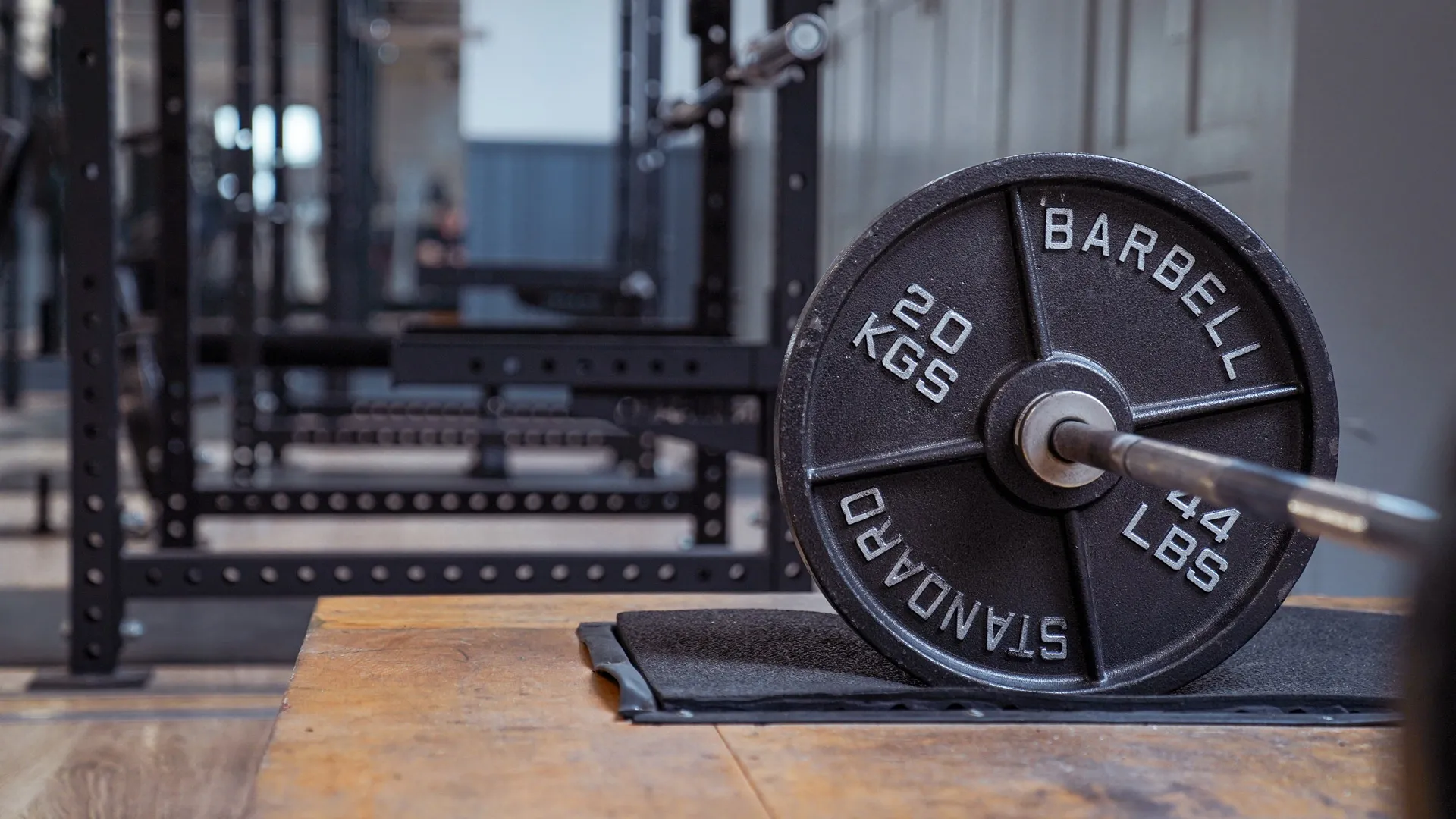
Today, we see a growing tendency to blend the two, skill and physical capability. From sports-specific workout plans to hybrid training equipment. The Two-Factor model illustrates exactly why this should be discouraged. I will show how this can be applied to specific sports in future blog posts, but for now I wanted to give a brief overview of the model and it’s underlying principles.
The Two-Factor model for sports performance is the work of Mark Rippetoe, an American strength training coach and author, with. a vast amount of experience in strength and conditioning. To find out more about the model, please read his blog post on the topic at Starting Strength.
1. Skill (Practice)
Skill Development
Skill can be described as your ability to execute movements with a level of precision and accuracy. This is developed by practicing movements.
Strategies for Skill Development:
Specialised drills – Drills that directly mimic the movements of your sport.
Focused repetition – Deliberate repetition of specific sport-related actions.
2. Physical Capability
Strength Training
Physical capability is a person’s capability to undertake a physical activity. This can be enhanced through progressive strength training and makes the movement more efficient as you get stronger.
Optimal Strength Training:
Compound movements – Prioritise fundamental strength exercises like squats, deadlifts, and presses.
Progressive overload – Incrementally increase the intensity of your strength training to continually challenge your physical capability.

Avoid the blend
While training movements in the gym that closely mimic sports-specific actions might seem intuitive, and a logical way to improve your performance – it’s sadly not a best of both worlds’ scenario. Increasingly, the concept of sport-specific exercises becomes tangled in complexity and oversold by self-proclaimed experts as the perfect solution. The Two-Factor model shows that there really is only one path to improve your skills, and one path to build your strength. The paths should not be blended. True efficiency lies in focusing on the paths independently.
Find the balance
While the Two Factor Model advocates for the separation of skill and physical capability development, it also highlights the need for a balanced approach. Athletes must strike the balance, recognising that skill and strength are symbiotic, but require distinct training methodologies for optimal results.
Leave the gimmicks behind
Amidst the sea of intricate routines, there remains a simple and irrefutable path to building strength. Despite the hype surrounding elaborate sport-specific workouts, the gym doesn’t need to be a maze of complexity; rather, embrace the straightforward yet effective approach of mastering the basics to enhance overall strength and physical capability.
If you want to get the most out of any sport, you must not only practice to enhance your skill level, but you should be strength training to make yourself more physically capable too. Whether that’s perfecting a golf swing or improving your deadlift, specialisation in each domain ensures that your training efforts are channelled most effectively.
Given the same level of skill, a stronger individual can outperform a weaker individual.

